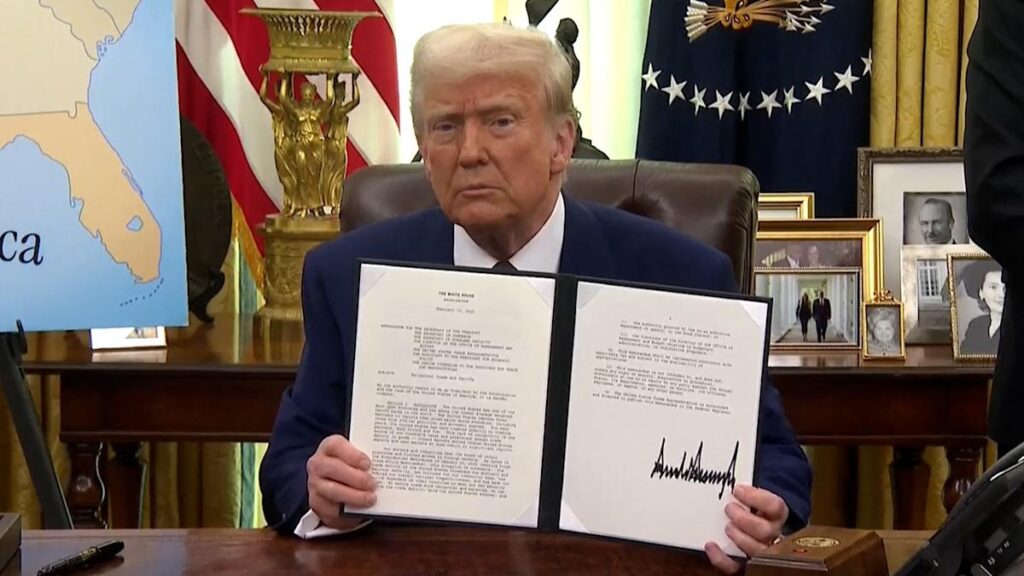In his first months back in office, President Donald Trump has at times gone heavy on tariff talk and then occasionally scaled back on tariffs – essentially, taxes on imports.
Trump told reporters in the Oval Office on Wednesday he will put tariffs on automobile imports next. He also announced plans this week to impose tariffs on countries that deal with Venezuela.
The president’s announcements this week mark a significant change from earlier in the month when he backpedaled on plans to tariff goods from Mexico and Canada amid consumer anxiety and falling stock prices.
Trump’s tariffs gambit has proved dizzying to follow. As the president announces new plans to raise tariff on automobile imports, here’s what to know about who will be impacted and when.
What’s the point of raising tariffs?
Tariffs have historically been used to bolster domestic industry by making sure foreign manufacturers can’t sell goods in the country at prices that undercut American manufacturers.
The tax policy was widely used throughout the 19th century in America and even through the mid-20th century. But tariffs have fallen out of vogue in recent decades as many economists say that ultimately costs from tariffs are passed onto consumers.
Some countries still use tariffs to bolster select industries and some countries impose tariffs on American imports disproportionately to what the U.S. taxes their goods.

